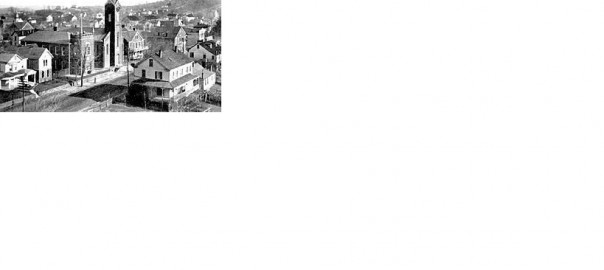Troy as well as other towns on the Ohio claim the landing of Thomas Lincoln. (see other stories also) the Troy story is; In the fall of 1816 Thomas Lincoln immigrated to Indiana Territory, landing at Troy near the mouth of Anderson River, now the boundary line between the counties of Perry and Spencer. Lincoln’s family consisted of four members, viz.: himself, wife, daughter and son. Their personal effects consisted of a horse and cart — a very poor one — one milk cow, such household goods and cooking utensils as could be packed in the cart, and one large dog, the latter being considered one of the necessaries.
Related Stores. Related to Abe Lincoln, Journey of Thomas Lincoln, Thomas Lincoln and Family and The Summit of Thomas Lincoln Commission.
- At this time Troy was the county seat of Perry, being also the oldest as well as the largest town in the Pocket except Vincennes. Thos. Lincoln remained at the mouth of the Anderson until the fall of 1817 and during his stay here attended a ferry which was established at a very early day by Judge McDaniel but at that time owned by James Taylor. Here Abraham Lincoln assisted in the ferry transfer, and in 1828 made a trip on a Taylor flatboat to New Orleans.
- The woodyards of Troy were the goal of all river men. James Taylor was a leading man of old Troy, a porkpacker and flatboatman. He was succeeded by his son, Green B. Taylor, who did a larger business than any man at Troy in the forties. John McDaniel had a store and boated pork and produce. Taylor Basye followed the same line of business. Jacob Protsman kept a tavern. Lawrence Protsman was the town architect and many of the old two-story homes were the monuments of his designs. They have nearly all disappeared; the home now occupied by Cashier Schuell of the Troy State Bank being about the last reminder of old Troy; location is on Harrison street, corner of Market. Captain Isaac Wright, the boatman, was one of the earliest businessmen living to a good old age. Thomas Mason operated an early corncracker, the motor of which was a sweep drawn by horses or cattle. James Willen conducted the tanning business on a large scale. William McKinley was a cabinet maker of the forties and John Boulware an early blacksmith.
- In 1811 the New Orleans, the first boat propelled by steam on the Ohio, made a successful trip from Pittsburgh to New Orleans, stopping at Troy for wood. In 1912 a replica of this boat again made the trip and tarried with the present Trojans for several hours. Abraham Smyth Fulton, a brother to Robert, the inventor, came to Troy and whilst assisting in erecting his residence to be on the highest hill east of Troy proper, was killed by a falling tree. He was the first white man to be interred at the Troy cemetery, a former Indian burial place. All material for the proposed home was left to decay, and all that remains is the name Fulton Hill.
